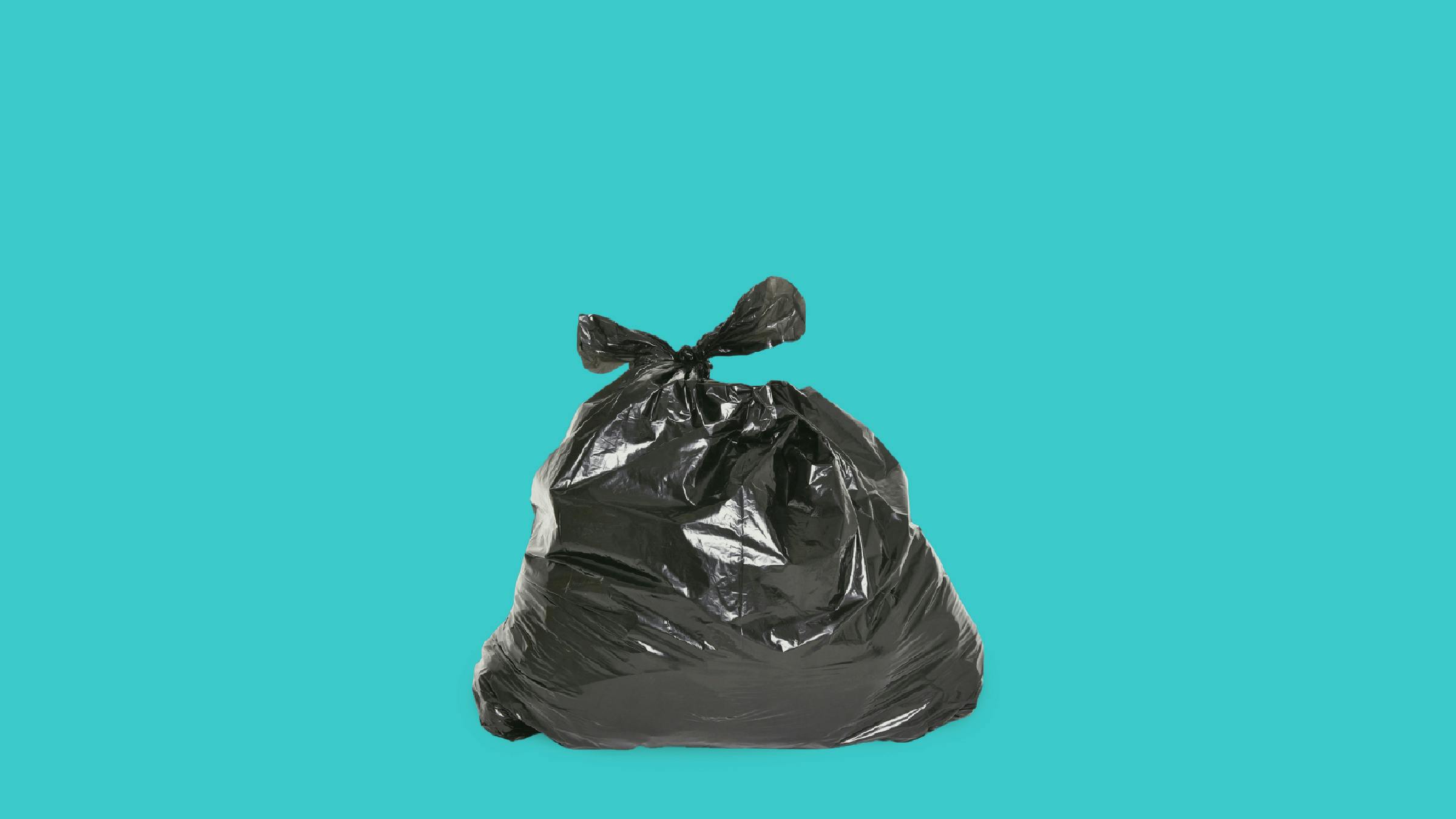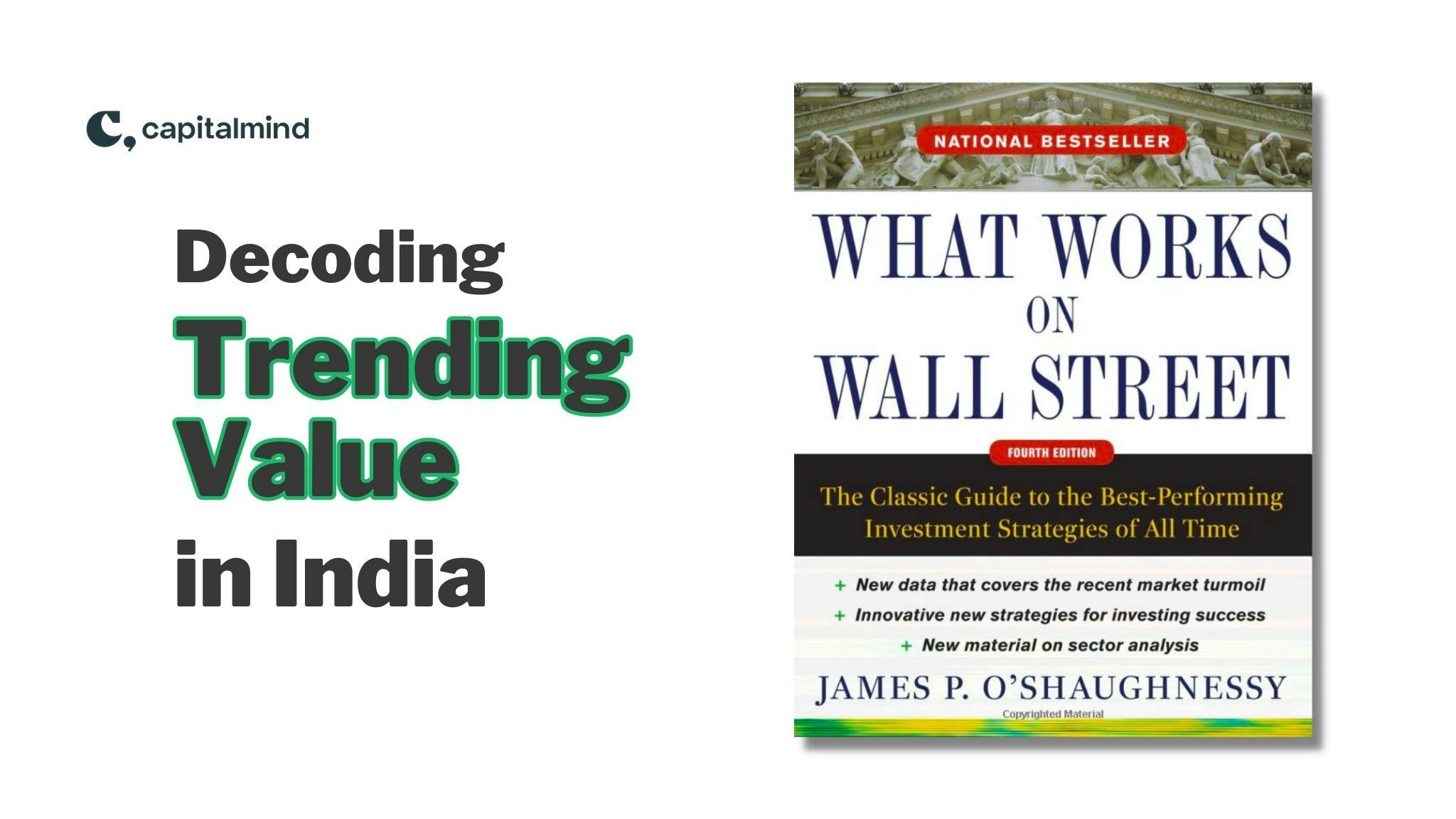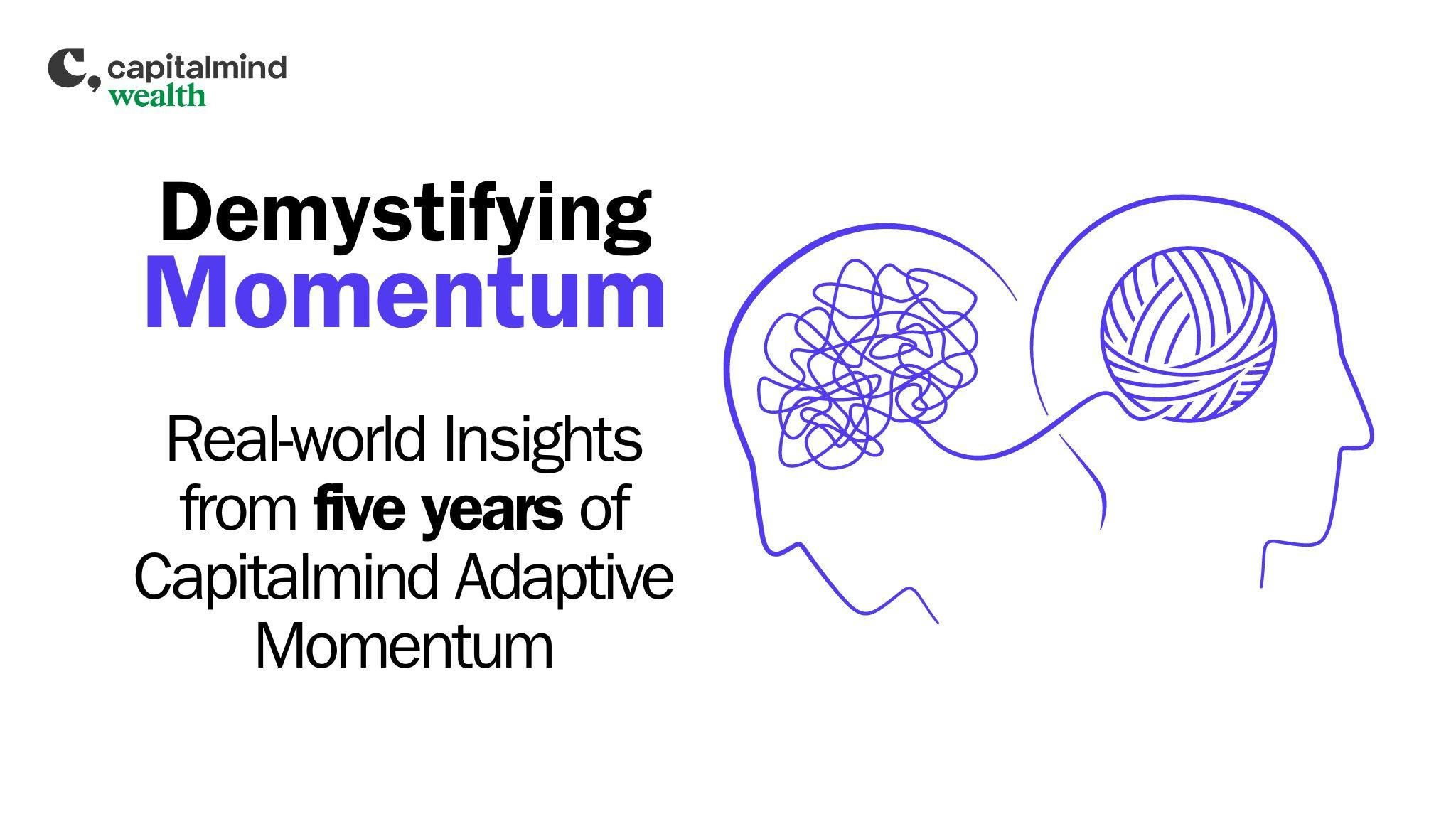(category)Commentary
Understanding India's Bad BankUnderstanding India's Bad Bank
India's biggest and most honourable ragpicker is here. It's the "Bad Bank", to be known, in traditionally uncreative Indian public fashion, National Asset Reconstruction Company Limited (NARCL). We could have called it the National Asset Reconstruction Company On Steroids (NARCOS), which is truly an opportunity missed, but I digress. Here's what we at Capitalmind think of this concept.
Deepak Shenoy•

Ragpickers provide serious value to society by reducing landfill sizes and by the very concept of reuse. If it weren't such a wretched life, rag-picking would be a more honourable profession.
India's biggest and most honourable ragpicker is here. It's the "Bad Bank", to be known, in traditionally uncreative Indian public fashion, National Asset Reconstruction Company Limited (NARCL). We could have called it the National Asset Reconstruction Company On Steroids (NARCOS), which is truly an opportunity missed, but I digress.
Here's what we at Capitalmind think of this concept.
The summary
The bad bank is not even a bank. It's just an Asset Reconstruction Company (ARC) that will take over bad loans from banks and try to extract value from them.
- It will buy loans that have gone bad years back, and banks have assumed they have lost all the money.
- The bad bank (NARCL) will buy these for real money, allowing the bank .to sell rotten apples for some money magically.
- But the bad bank won't pay all of the amount - only 15% upfront, and that the government won't fund 15%.
- NARCL will hopefully find a way to make apple pie before the apples rot completely - meaning, they'll find a way to monetize the bad loans by selling the underlying assets in those companies
- The "recovery" will then be used to pay the banks whatever is recovered
- If the recovery isn't as much as the value of those bad apples, the government will pay the shortfall
- The total government guarantee will be a maximum of only Rs. 30,600 cr. is a lot of money, but we say "only" to sound like we're on top of this.
- This will take many more months to set up and up to five years for a recovery.
- Banks will benefit by making some profits and will be able to trade the government guaranteed part in the bond market.
That's a long summary. But what's going to follow - and you have been warned - is even longer. Buckle up.
What's the problem, really?
Banks have given loans to many companies, which haven't been able to return the money. These have become bad loans, and when they do, the banks have to take losses. After about two years, the banks have to take a 100% loss provision on their books for a bad loan. A 100% provision effectively means I don't think I'll get any more money from the company, but I'll keep it in my books in the hope that maybe I might find something worth selling tomorrow, and whatever I sell for is a profit (since I've taken a 100% loss already)
Take an example: Jaypee Infratech, which has over Rs. 26,000 cr. of loans (to lenders and homeowners together) had defaulted more than 5 years ago. It was referred to the NCLT for bankruptcy in 2017. It was supposed to be taken over by NBCC (a government-owned construction manager), and after a rebid, Suraksha ARC won the bid for the company for about Rs. 7,800 cr. in August 2021 (Source). This would be a source of joy, except:
- Part of the payment seems to be inland parcels that Jaypee owned - some 5,000 acres or more. What will a bank do with a land parcel? And which bank will you give what land? Can they sell them separately?
- If banks own the land, Every time a land parcel is sold, the bank will recover a little profit. Banks find it difficult to auction and sell large land parcels, and they cannot develop the land (they don't have expertise).
- The land parcels my sell for more than the recovery estimated, of Rs. 7,800 cr., and the return may be uneven across banks.
- To address such questions, it's better to consolidate the entire land under one entity that can then sell it or monetize it appropriately.
Banks have written down the Jaypee loans to zero but hold it as an "NPA" on their books, as "Loss Assets". Any further recovery is a profit - so the Suraksha deal is good, but only if they get the money. If they have to take land and then figure out how to monetize it, they don't get to show a profit until they sell the land, which can be many, many more years away.
Further, the fact remains that if you paid each lender with a separate land parcel, each one would bicker that they got a raw deal compared to someone else, and everyone will file cases to ensure a CBI enquiry doesn't come against them. (Public sector bankers can be investigated - and often are - in accusations of corruption even in commercially sound decisions.)
Two things then: You need to consolidate the entire loan under one entity that can then monetize and resolve it, and then return, if higher, can be provided to all the lenders in proportion.
Enter the bad "Bank"
The government has created NARCL, which will do the following:
Step 1: Take over the "bad" long-held loans of banks - totalling Rs. 200,000 cr. (First phase: 90,000 cr. of long-held terrible loans and second phase for the rest)
Step 2: Decide to pay the banks some low value for these loans.
Step 3: How much? There will be a bid, and the estimates are that they'll probably pay between 10% and 20% of the loan value. There will apparently be a "Swiss auction", where other ARCs or entities can bid. NARCL will be a bidder, but if someone else wants to pay higher, they can take the asset.
Step 4: if NARCL wins, Only 15% of the amount decided in Step 3 will be paid in cash. The rest is in "Security receipts" that say: Hey, we love you, but we'll pay you when we recover something from this loan, ok?
Step 5: Where will NARCL get the cash? The government will not put any cash into NARCL. So NARCL will be funded by banks - the current proposal is to have public sector banks own 51% of NARCL, and the rest with private banks.
Isn't this like a bank funding NARCL so that money can be used to buy its own bad loans? Yes, effectively, and we'll come to the risk of this later. But it's important to note that the government doesn't fund the "cash component" of the value at which the loan is bought from a bank.
Step 6: What happens to the SRs? Well, the NARCL takes over the loans and then will go through a "resolution" or a liquidation through the bankruptcy process at NCLT. This process can take time, but let's say that they can recover some money from the project in a couple of years. The shortfall between the SRs and the money actually recovered will be paid by the government at that time.
If there is no shortfall, the money recovered will be paid to banks, and NARCL will retain a percentage of any overrecovery as their profit.
This is complicated, so let me put this into a table:
You will still have questions. Wait, what if they recover more than 850 cr, say Rs. 2000 cr. in the table above? Then the banks get the 2,000 cr. in proportion of the SRs they hold, minus a profit share beyond the Rs. 1000 cr., which is the incentive for NARCL to recover as much as it can. The government pays nothing since the recovery is higher.
How does the NARCL get Rs. 150 cr. to pay upfront? The banks will put that much in as capital.
Will the government have to pay?
Well, quite a few loans will be sold to NARCL. Apparently, one of them is "Amtek Auto", which owes over Rs. 9,000 cr. to lenders. This account has seen a potential buyer, Liberty, who backed out saying the company has lied about an audit report, and then another bidder, Deccan Value, who's trying hard to wiggle out of Rs. 2,700 winning bid the second time around.
In such a case, what rate would NARCL have to pay? I would say that the loan is worth next to nothing - perhaps even less than 1,000 cr. If that's the case, the government will only have a guarantee of Rs. 850 cr., which may be recoverable from the land that Amtek Auto owns. However, the fear is that since this will be an entity owned by the banks, the NARCL may overpay for such a loan and force the government to guarantee a higher amount. That higher amount will be paid effectively by taxpayers.
Either way, the maximum the government will pay is Rs. 30,600 cr. In certain cases, it will have to pay, and in others, it won't. (If Jaypee's resolution goes through, it may not have to pay anything at all, for instance, if the loans are valued at an 80% haircut when transferring to NARCL)
The calculation is: The bad loans are about Rs. 200,000 cr. in total. If the valuation is Rs. 36,000 cr. (max recoverable amount) then the government guarantee is only for 85% of this, or 30,600 cr. Some of the loans will recover more than 18% (remember, Bhushan Steel recovery was 63%+), and the government won't have to pay for those loans - they'll pay for the rest. So eventually, the government will have to pay something, but it will be for less than Rs. 30,600 cr.
What happens to banks?
A bank that has lent to Jaypee, for example, will have written off the entire value to zero in its books (provisions). Let's say that:
- The bank had lent Rs. 2,000 cr. to Jaypee, which it has marked to zero, using Rs. 2,000 cr. as a provision
- NARCL values the loan at Rs. 400 cr. (20%)
- Of this, the bank gets Rs. 60 cr. upfront as cash (15% of the amount)
- This 60 cr. will reflect as a profit immediately because the "recovery" is Rs. 60 cr.
- The bank also gets Rs. 340 cr. as security receipts guaranteed by the government
- This 340 cr. is not a profit yet. It's not "realized" value.
- The bank can wait for a few years, hope that Jaypee is resolved, and eventually collect the recovery amount (in proportion with other lenders) from NARCL. The government will pay any shortfall after the resolution. Only when this amount is recovered can the bank show the amount as a profit.
- Or, the bank can sell the SR in the bond market. The government guarantees the SR. Chances are someone could bid, say Rs. 250 cr. for it - saying okay, we know it's 340 cr. but there is risk and five years to go, and if the account is not resolved in five years, the govt. guarantee is gone. So they pay Rs. 250 cr. - a smaller amount as payment - and the bank can then recognize this Rs. 250 cr. as a profit.
So you can see that banks may get some amount as an immediate profit.
And some amount later as an eventual profit, if there's a recovery (and the government guarantee if there is a shortfall)
This is net positive for banks, especially if they game the system, which is also quite likely because, come on, that's how they got into this mess in the first place. They could push NARCL to pay very high for certain loans, like Amtek, and pocket both the upfront fee and the eventual guarantee, leaving NARCL to hold a horrible smelling bag of garbage.
Why do this at all?
Simple. The banks don't want to "write off" the bad loans to zero because that will invite CBI enquiries. They don't know how to sell them or value them. They have made them worth zero in their books, and they don't really care about recovery anymore. To help them get rid of their toxic assets, the Bad Bank will buy these assets out at a steep discount but a price greater than zero. The price gives the banks some cash (immediate profit) and security receipts, which they can trade or wait for the government to guarantee payment at resolution.
This needn't have had a government input, but the guarantee helps make the SRs tradeable. Otherwise, private ARCs would have done the job, but apparently, none of the private ARCs has bid for all the bad loans in the system and aggregate them entirely.
Is this good for the stock market?
Public sector lenders made these loans. Their stock prices may go up temporarily until we realize they will still make stupid loans and lose more money. Because the core problem isn't that these loans have gone bad - it's that the lending practices of these banks are horrible. For example, in a Vijay Mallya case, a public sector bank lent money on the collateral of a "Kingfisher brand" - which wasn't even monetizable by the bank. In other cases, there were no checks and balances to ensure the money borrowed was used in the right way - and even now, such checks and balances are not in order.
Private banks, on the other hand, have written down or even sold their loans without the need of a crutch like NARCL. They're the biggest stocks in the bank index, so they will not benefit in any meaningful way. Plus, this resolution process is being built for legacy bad loans given many years back - a set that may not see that many private banks benefit.
However, public sector banks may not need to be recapitalized so much in the near future because this will generate a bit of profit. If Rs. 200,000 cr. worth assets are valued at 18% (36,000 cr.), and 15% is in cash, Rs. 5,400 cr. gets added to the bank profit (and thus, capital) without any need for the government to put in any money.
This is why NARCOS is a better term - you give them drugs to ensure they're happy today, even if it means they will go back to a lousy tomorrow. (That missed opportunity rankles...)
However, the stock market largely doesn't care about reason. If it wants to go up, it will do so, NARCL or not. The stocks of public sector banks should be treated as a radioactive stone - don't hold them for too long, or you're going to be the one suffering.
Who's going to manage the recovery? A PSU?
The government recognizes it can't pay high salaries (PSU limits). And NARCL is 51% owned by PSUs, making it a quasi-government company. It cannot attract the right kind of talent or make tough decisions because of PSU restrictions.
So we will have an Indian Debt Resolution Company (IDRC) - which could have been the Indian Debt Resolution Under Governance, or the IDRUG, so much better as a name, but I digress again.
IDRC will be 49% owned by PSU banks so that they can pay high salaries and whatnot. The NARCL will then incentivise IDRC to recover as much as possible by offering it part of the money it will earn.
Is this a bad thing for the government?
Well, if the banks collude and make NARCL overpay for the bad loans, then you and I, who pay taxes, are going to have to pay it five years later. Which sucks, and it sucks just as badly as writing off any other type of loan. I cannot get myself to condone that kind of forgiveness without appropriate action to ensure that the bankers don't do such things again (i.e. waiting for five to seven years to recover anything!)
The government will also get 0.25% as a guarantee fee from NARCL per year, and the fee rises each year. This assumes anyone cares about these fees; given the banks are making bucket loads of profit, the fee isn't too relevant. But it might pay for a few vaccines, so any money the government earns that is not directly taxes is good for us.
This will take five years to unravel fully. By that time, many other battles on Twitter will be fought, and in memory of a decision to save the world, only posts like this one will remain.
But let's not be so pessimistic. Taking out the garbage is not a welcome task, and someone has to do it. Whatever is recovered from garbage is a bonus, and we should treat it like that. Let's hope the NARCL gets the banks a little more strength so they can lend better.
Related Posts
Make your money work as hard as you do.
Talk to a Capitalmind Client AdvisorInvesting is not one size fits all
Learn more about our distinct investment strategies and how they fit into your portfolio.
Learn more about our portfoliosUnlock your wealth potential
Start your journey today



